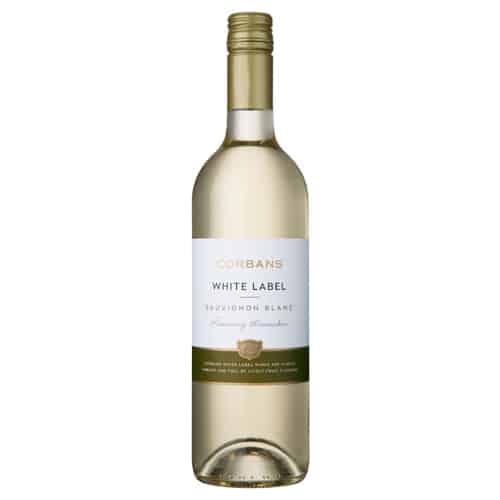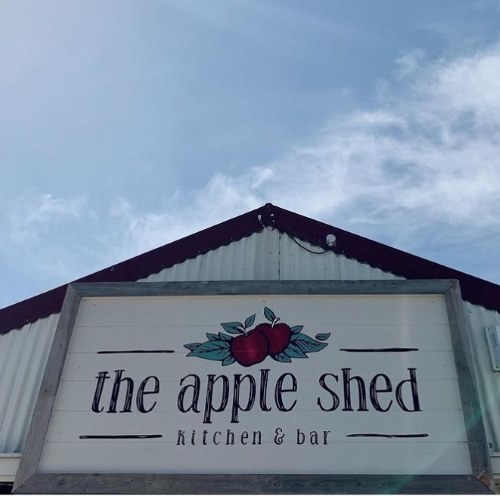
Australian Sauvignon Blanc? – Nelson Mail 14.02.18
In recent weeks there has been a bit of noise in the media and a huge amount of noise on social media about Pernot Ricard choosing to source sauvignon blanc grapes from Australia rather than Marlborough to make the Montana Sauvignon Blanc wine.
Rightly or wrongly it is that company’s choice as to where they source grapes to make wines, they, along with many other wine producers, have been sourcing wines from overseas and bottling them under a familiar label for many years so this practice is nothing new and they are required by law to tell us where the wine comes from, even if country of origin is usually identified on the back label – in small print!
A couple of the worst I have seen in recent times are the Timara branded sauvignon blanc and Corbans White Label sauvignon blanc, both distributed by Lion, with very small print on both back labels telling us the wine is from Chile! Timara and Corbans are both other well recognised New Zealand wine brands.
I think the cause of the consternation with the Pernot Ricard move is that is involves a much admired and reliable brand, a brand people will happily pick up off the shelf thinking they are buying a New Zealand wine without reading the label in any detail.
And that is one of the many points the latest move by them raises for me, not just the fact they are using Australian grapes to make an iconic New Zealand wine, the very same wine brand that launched New Zealand wines onto the world stage in about 1990.
I haven’t spoken to anyone at Pernot Ricard, Lion or any other producer about this issue before writing this column, these are my personal thoughts and observations about not just how the wine industry can make wine accessible to as many people as possible but also our relationship with alcohol.
The published reasons behind the move to use Australian sauvignon blanc grapes to make a Montana wine traditionally made from grapes grown in Marlborough bring into question our relationship with wine; they want to make a wine they can retail for under $10 and the current high cost of Marlborough sauvignon blanc grapes means they can’t do that.
So, for me, this raises questions around why we buy wine, how we consume it, flavours we like, and do consumers care about where a wine comes from as long as it is cheap? Does quality and place of origin really matter anymore?
These may seem like quite straightforward queries but the machine that drives consumerism worldwide is quite complex.
Without picking on any one producer, even if the move by Pernot Ricard has raised the hackles of many, the bigger question for me is why do they need to focus on selling cheap wine? I may be missing something but I figure the retail margin in dollar terms for a sub-$10 bottle is less than the margin on a $20 bottle.
If the average retail margin is say 20% then 20% of $20 is a lot more than 20% of $10 so why try and drive the price down? Everyone loses – from the grape grower who has to reduce margins to meet the lower end retail price right through to the retailer who gets less per bottle and has to sell a lot more to make the same amount of money.
I understand selling a sub-standard product cheaply to get rid of it but why set out to make a sub-standard wine, I just can’t get my head around that, unless of course consumers just want cheap and bugger the quality.
There are plenty of people out there on very tight budgets and don’t have a lot to spend on a discretionary purchase like wine, someone told me recently “I used to buy cheap wine, by that I mean around $10, although would get the ones “worth” the most on special to try to get one which tasted better simply because I was on such a tight budget” and I totally get that, but should the industry be trying to sell consumers like this as much wine as possible or sell them as much quality wine as possible?
Then, to complicate things, who do I mean when I say ‘industry’ wine producers, wine marketers or wine retailers? It gets very complicated very quickly because if the industry as a whole said ‘let’s start charging more’ then we get into price-fixing territory and if one large retailer says ‘no we are going to sell as much as we can as cheaply as we can’ then the others will follow suit just to stay in business.
It really is a vicious circle, so who can break that circle? You can – the consumer!
For sometime I have been saying people should ‘drink less but better’, rather than buying six bottles of $8 wine to drink over a weekend buy two bottles (one for each night) of $20 wine. It will actually cost less and you will have a much better wine experience without just getting drunk on cheap alcohol that will give you a huge hangover.
And yes, I can guarantee if I go to any supermarket on a Friday evening or Saturday afternoon I will see at least one shopping trolley with six or more bottles of very poor quality, cheap wine in it in the 15 minutes I am in the store.
Is that really how we as consumers should be treating wine as a drink, a drink that should be enjoyed with food and good friends?
The New Zealand wine industry is now very important to our economy, wine exports are on track to reach two billion dollars by 2020 as well as selling a large volume of wine in this country, but should the industry focus on volume or quality?
I am sure the people who promote our wines overseas want to see wines that are exported with a New Zealand name attached be quality wines; New Zealand wines in the overseas markets are some of the most expensive on the shelves and winemakers can only maintain this if the focus stays on quality.
So does that in turn mean some of our best wines are being exported and large producers are now dumping surplus Australian and Chilean fruit on the New Zealand market? I have absolutely no proof this is the case but I am highly suspicious of the motives behind producers selling Australian and Chilean sauvignon blanc in New Zealand.
What can we do about it? It is quite easy really, pay attention to what you are buying, walk past the cheap, inferior wines and look for great value local wines because producers like Seifried Estate, Waimea Estate and others like (on a larger scale again) Villa Maria make some exceptional wines that retail for between $10 and $15.
And most importantly aim to drink better wines, even if it means drinking a little less, the rewards in terms of flavour and quality are significant.



